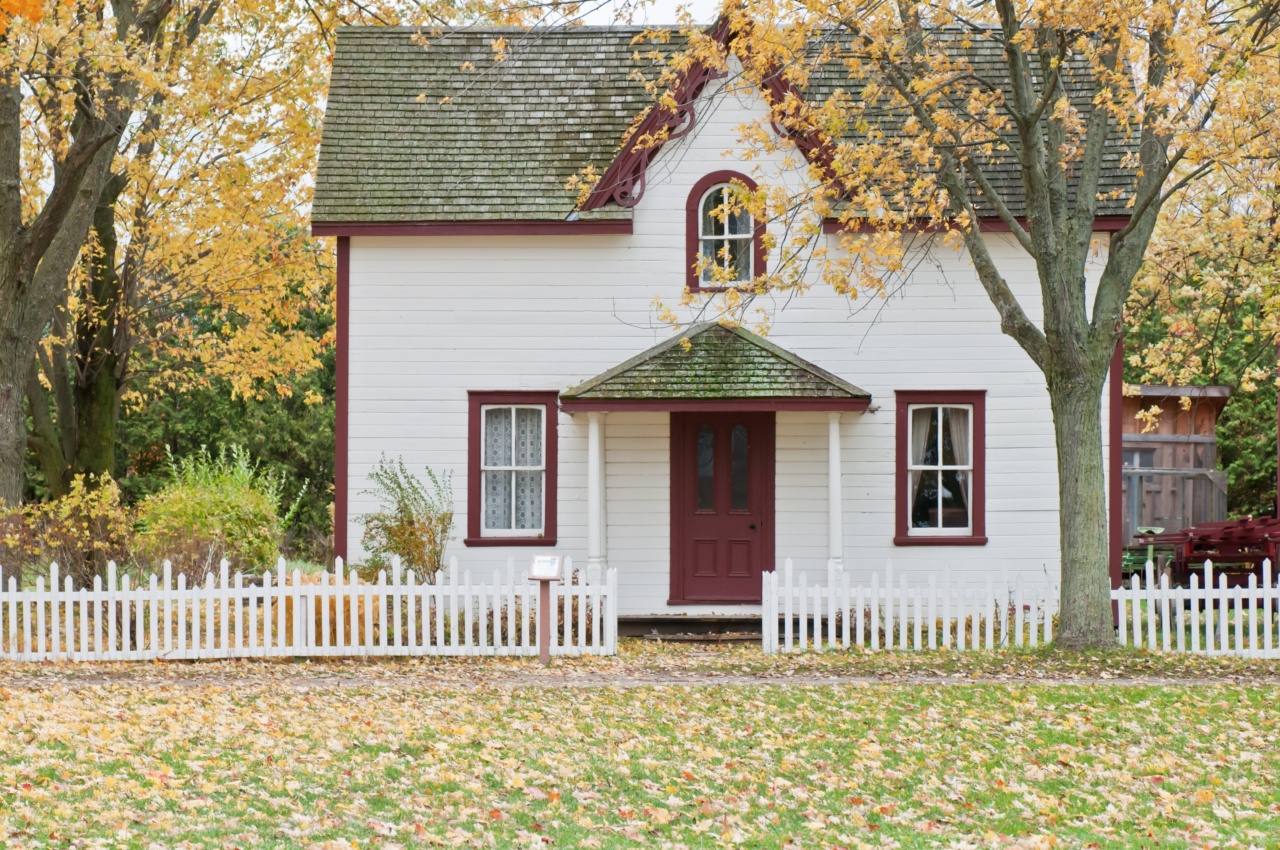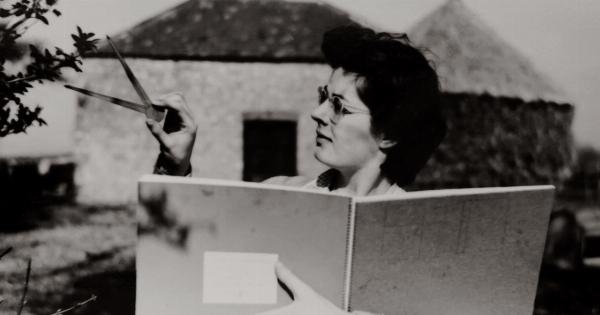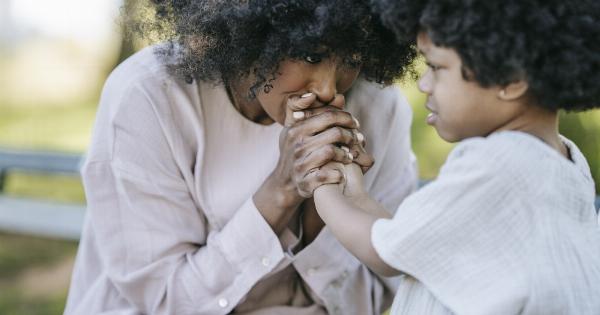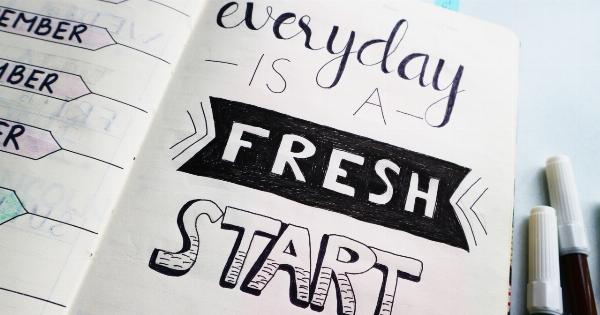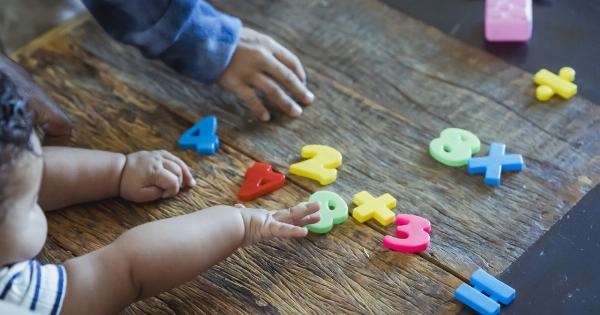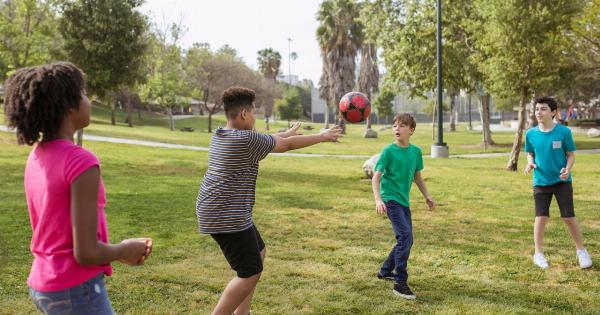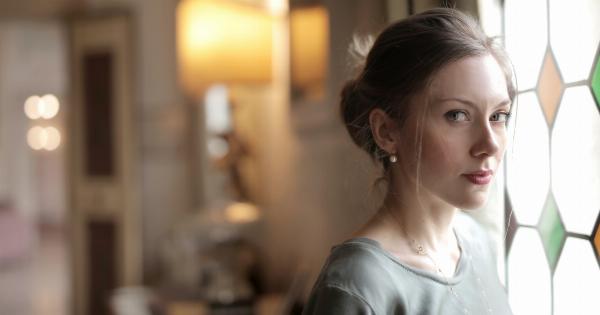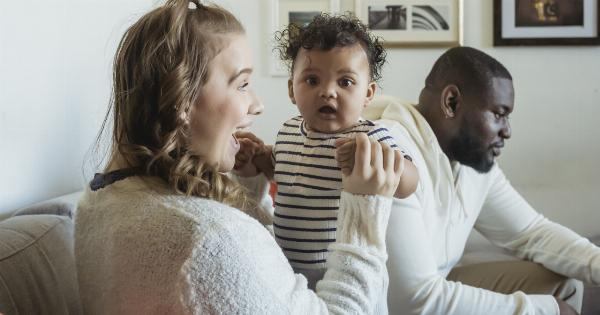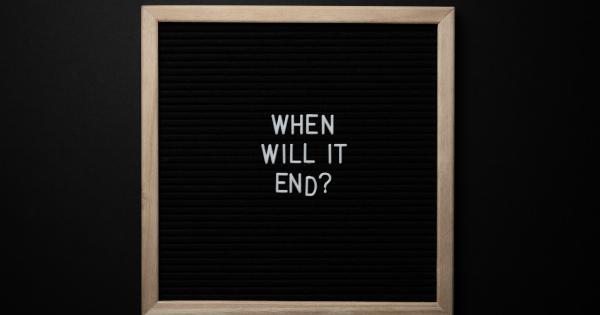Age gap is defined as the difference in age between two individuals in a romantic relationship. It can also refer to the age difference between siblings, friends, or any other pair of people.
Age gaps have been a topic of fascination and debate for a long time, with many people being quick to judge couples with significant age differences. In this article, we will take a closer look at age gaps, both real and perceived, and try to debunk some of the myths and misconceptions about them.
Real Age Gaps: What the Data Shows
Real age gaps are the actual age differences between two individuals, as opposed to perceived age gaps, which are based on people’s assumptions and stereotypes.
According to recent studies, the average age difference between married couples in the United States is around 2-3 years. However, there are also many couples with larger age gaps, such as celebrity couples like George and Amal Clooney (17 years age difference), or Beyoncé and Jay-Z (12 years age difference).
One of the main factors that determine the size of the age gap in a relationship is the age of the individuals involved. Younger people tend to have smaller age gaps, while older people are more likely to be in relationships with larger age differences.
This is partly due to the fact that as people age, their dating pool becomes increasingly limited, leading them to seek out partners in different age groups.
Another factor that influences age gaps is cultural and societal norms. Some cultures are more accepting of larger age differences, while others view them as taboo or inappropriate.
For example, in many Asian countries, it is common for men to be significantly older than their wives, while in Western societies, there is more pressure to date within one’s age range.
Perceived Age Gaps: The Role of Stereotypes and Bias
Perceived age gaps refer to the assumptions and stereotypes that people have about couples based on their age differences. These can be positive or negative, depending on the cultural context and the individuals involved.
For example, an older man dating a younger woman may be seen as “creepy” or “predatory” in some circles, while in others, it is considered a normal and acceptable relationship.
One of the most pervasive stereotypes about age gaps is that older men are always seeking out younger women, while older women are deemed unattractive and undesirable.
This stereotype is sometimes referred to as the “cougar” phenomenon, which is the idea that older women who date younger men are somehow predatory or desperate. However, recent studies have shown that this stereotype is largely unfounded, and that many couples with age gaps are actually in happy, healthy relationships.
Another stereotype about age gaps is that they are a sign of immaturity or instability.
People assume that if a couple has a large age difference, it must be because one partner is emotionally or developmentally stunted, or because they have some kind of power dynamic going on. However, this assumption is also largely untrue, and many couples with age differences have healthy and respectful relationships based on mutual love and respect.
The Pros and Cons of Age Gaps in Relationships
As with any aspect of romantic relationships, there are both pros and cons to having an age gap. Some of the advantages of having a partner who is much older or younger than you include:.
- Learning from each other’s life experiences and perspectives
- Having different interests and hobbies that can complement each other
- Expanding your social circle and meeting people from different generations
- Challenging and growing your communication and conflict resolution skills
However, there are also some potential drawbacks to age gaps, such as:.
- Power imbalances or unhealthy dynamics, particularly in relationships where one partner is significantly older than the other
- Different life stages, such as one partner being ready for marriage and children while the other is not
- Social stigma and judgment from others, particularly in cultures where age gaps are viewed as taboo or inappropriate
- Age-related health issues or disabilities that can impact the relationship
Conclusion: Why Age Gaps Aren’t Always a Bad Thing
In conclusion, age gaps in relationships are a complex and nuanced issue that cannot be reduced to simple stereotypes or assumptions.
While there are certainly potential drawbacks to having a significant age difference between partners, there are also many benefits, such as expanded perspectives, new experiences, and mutual growth and learning.
Ultimately, the only thing that matters in a relationship is love and respect. As long as both partners are happy and fulfilled and are able to communicate effectively and constructively, age gaps should not be a barrier to love and connection.
